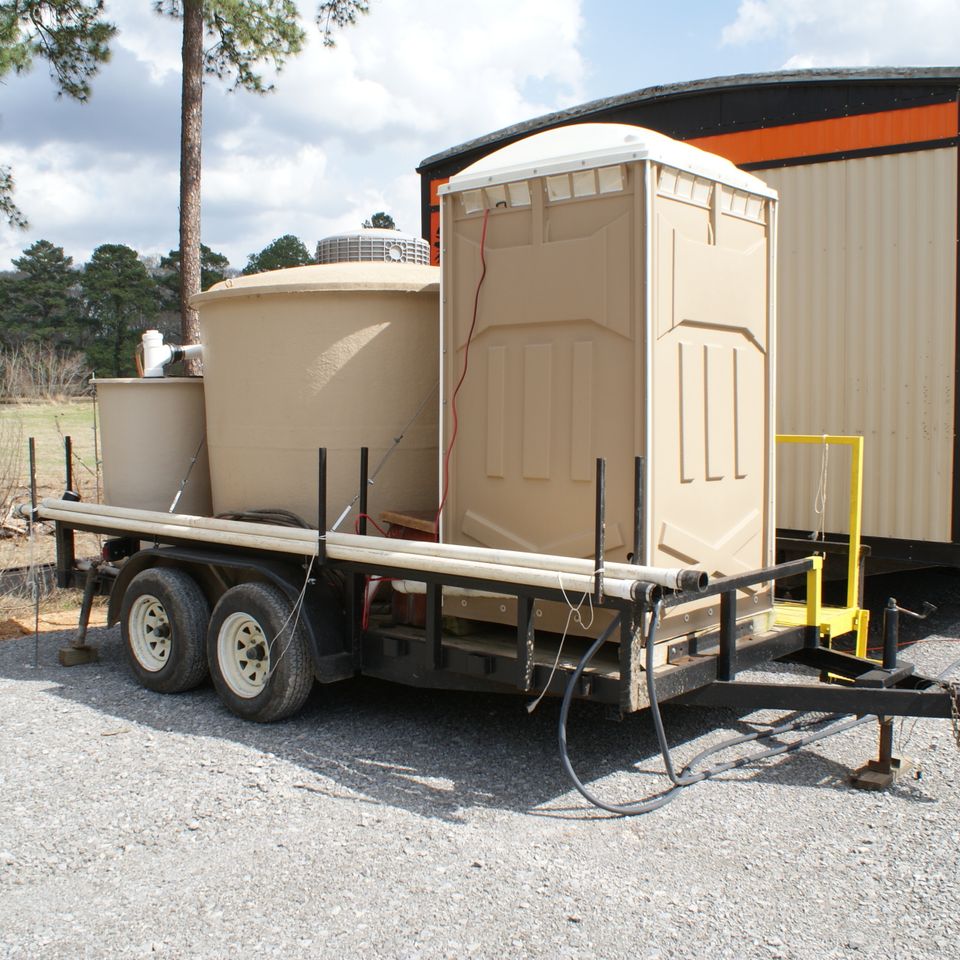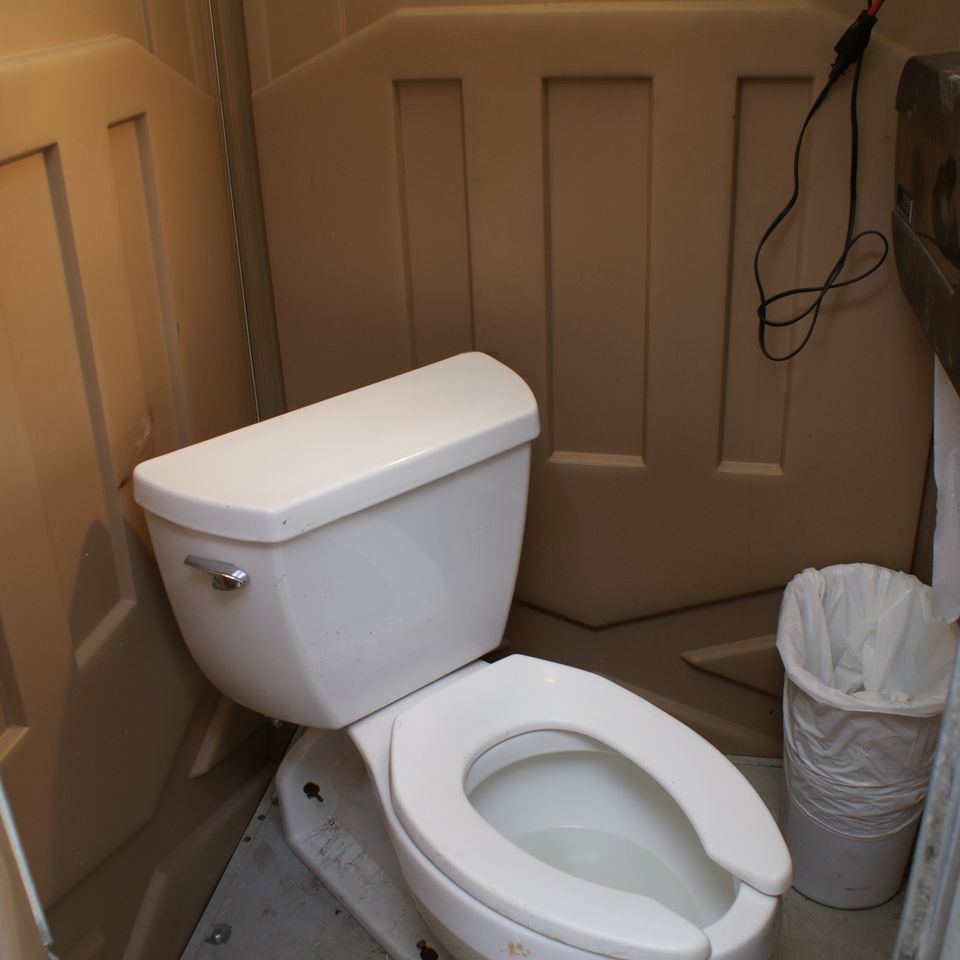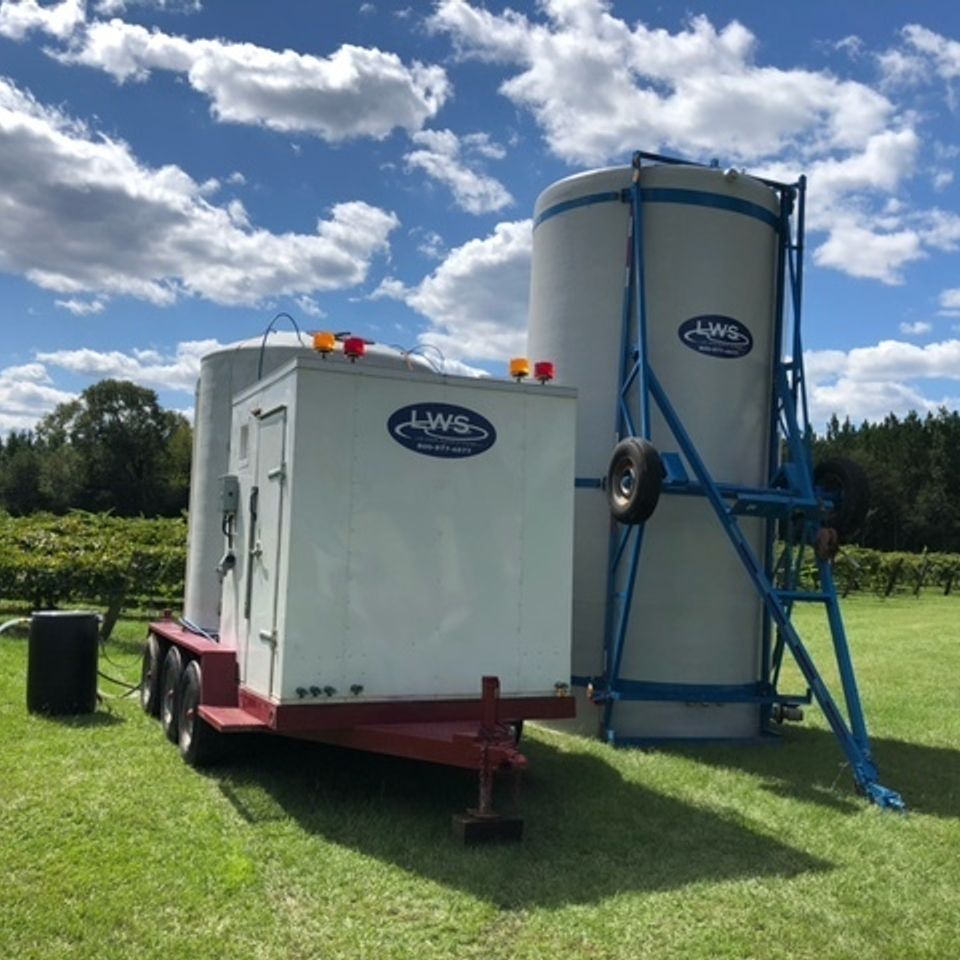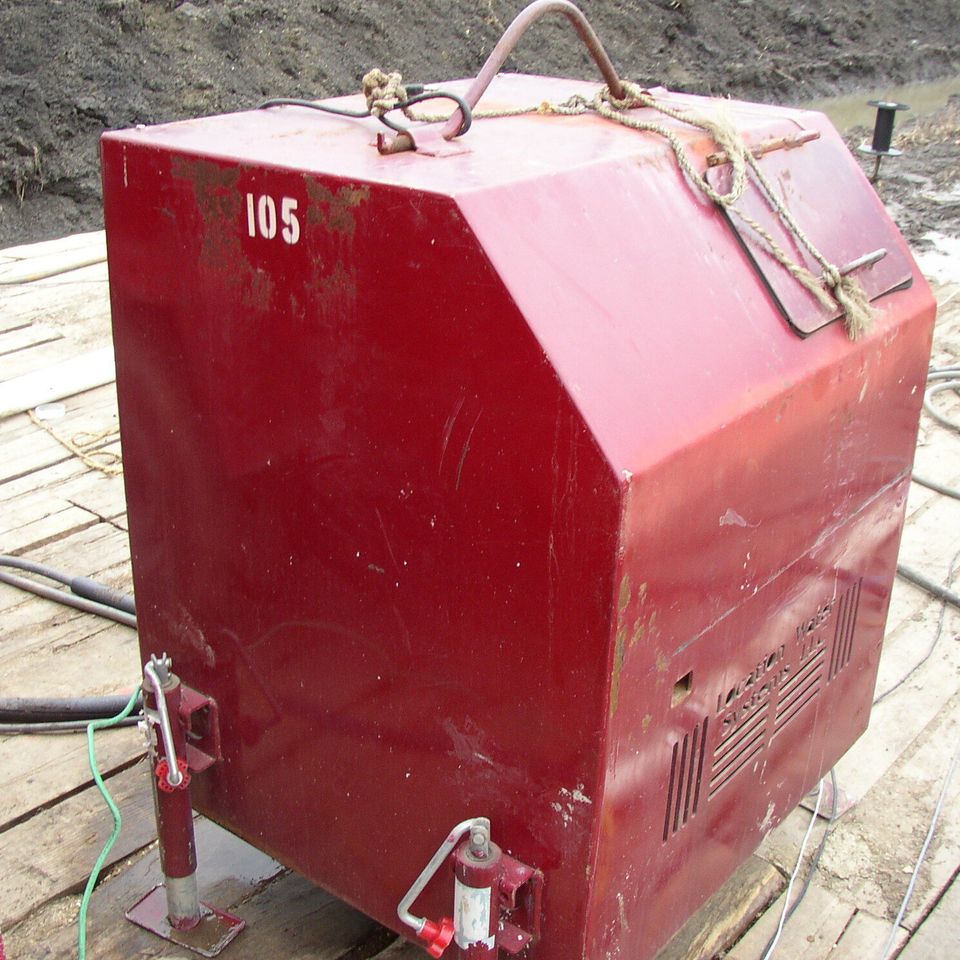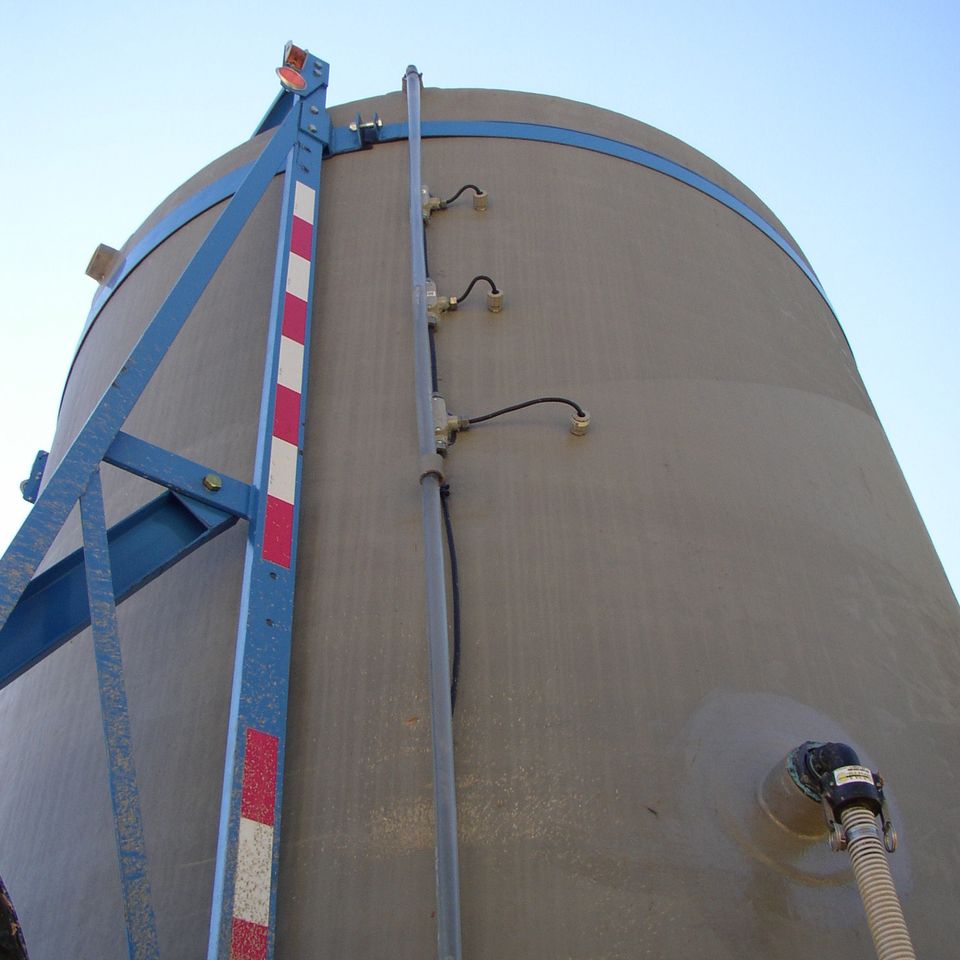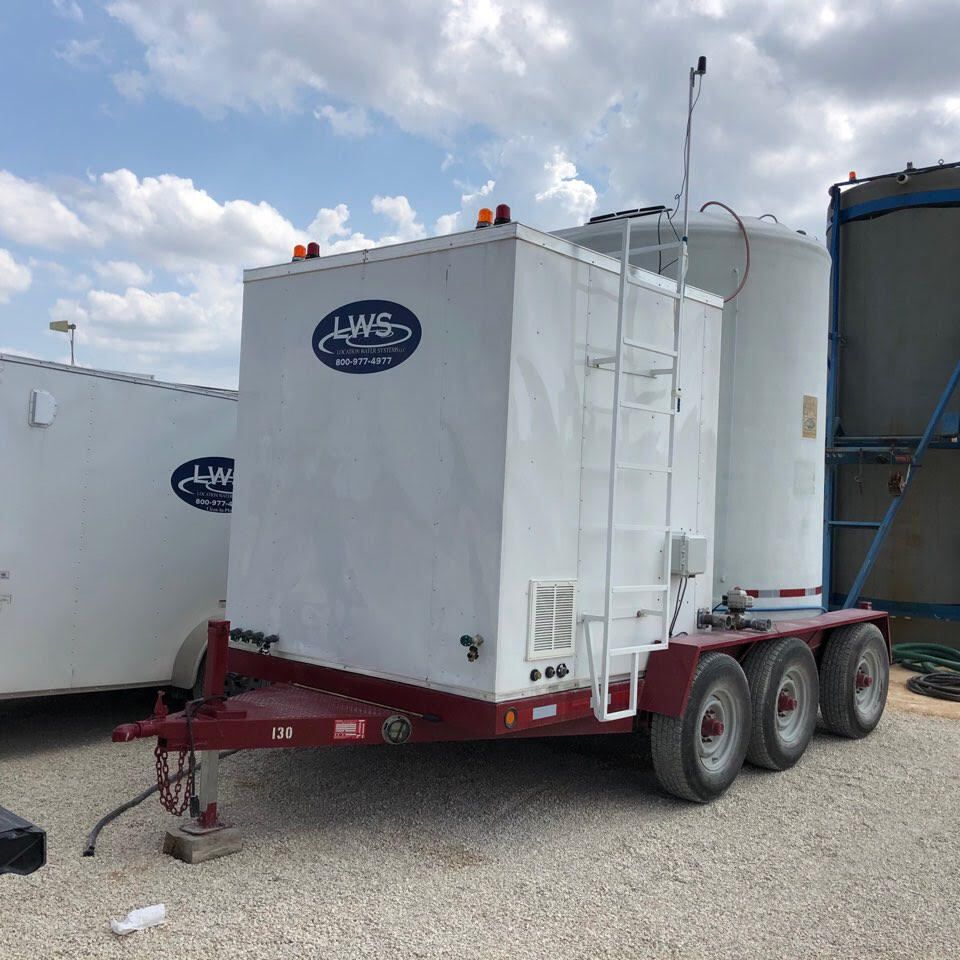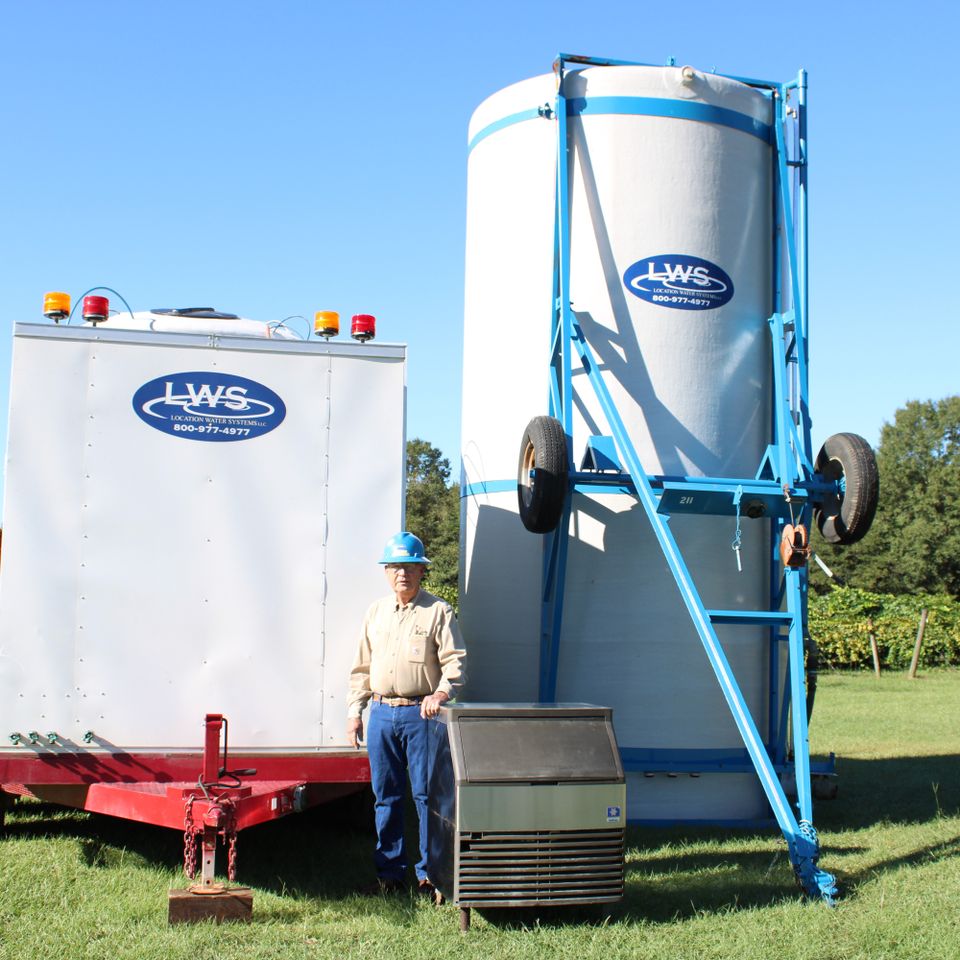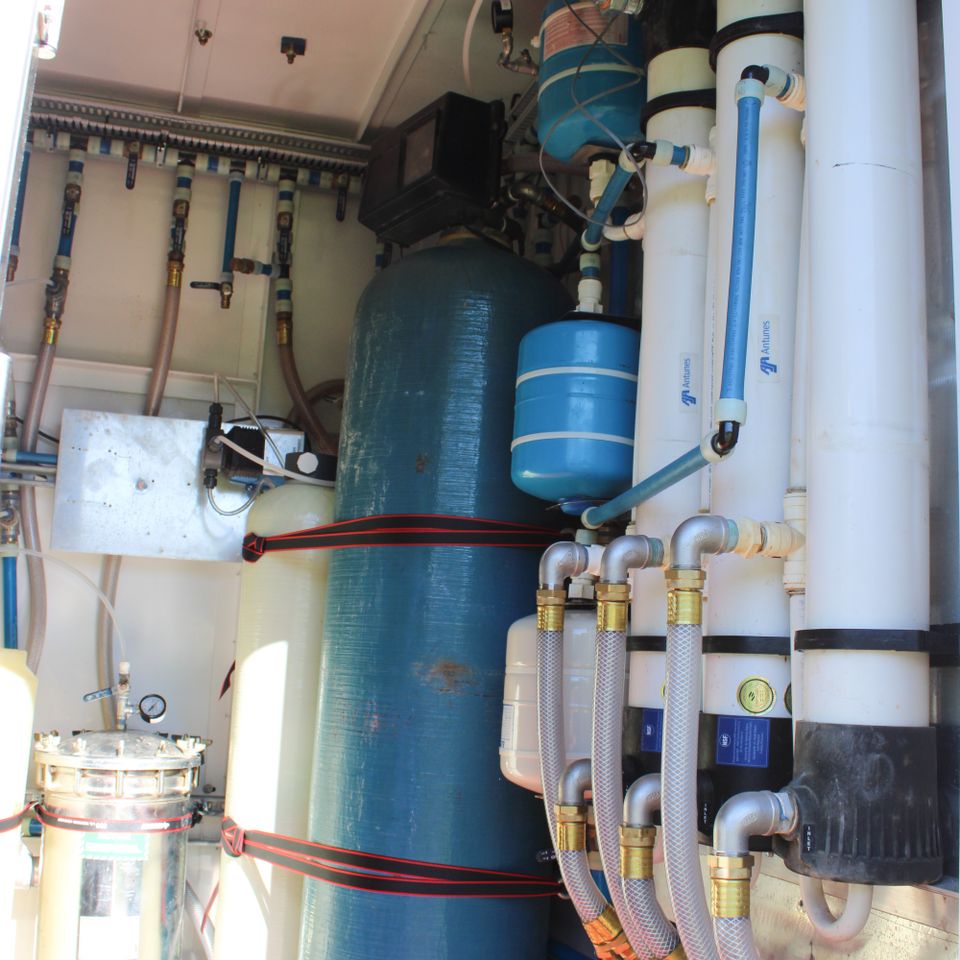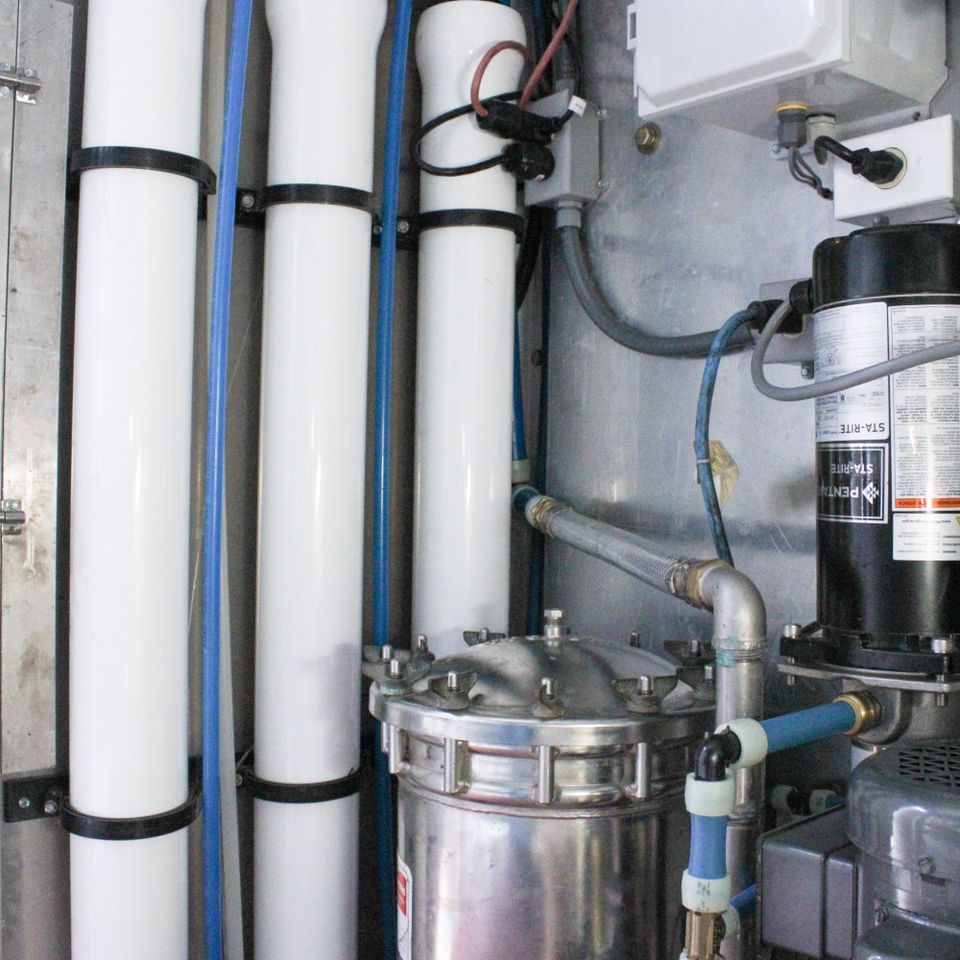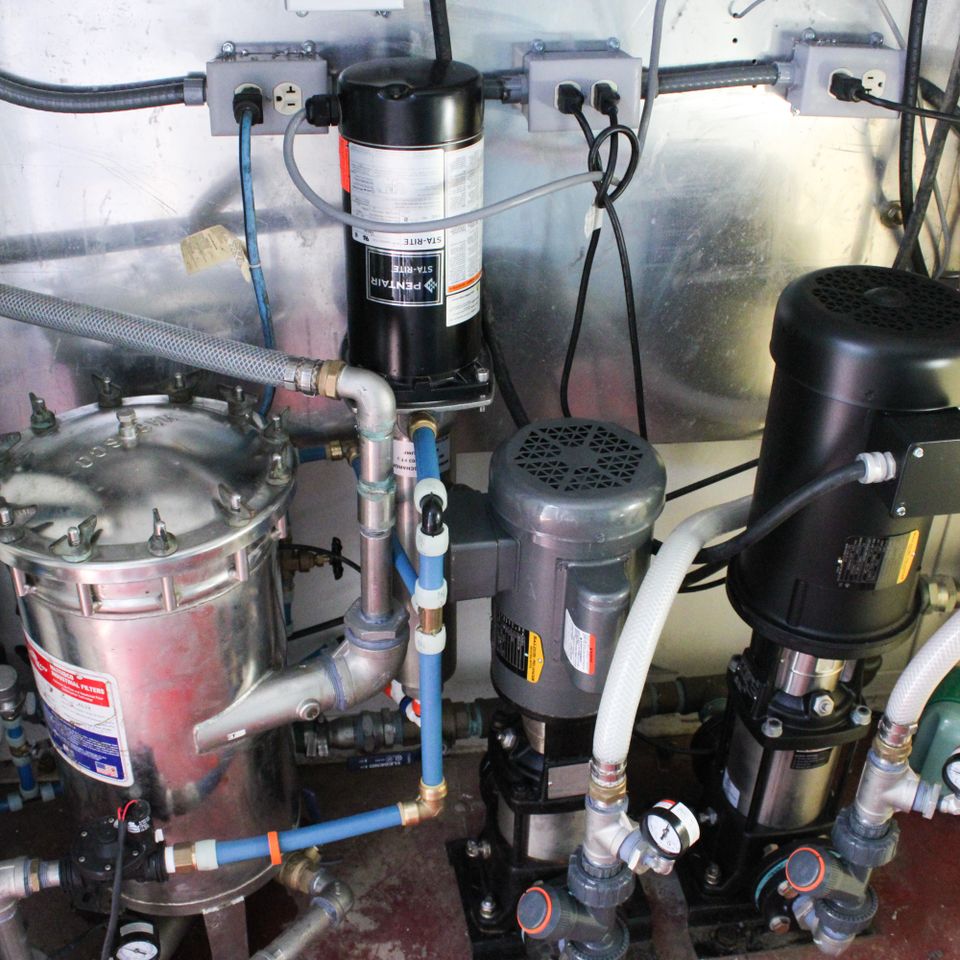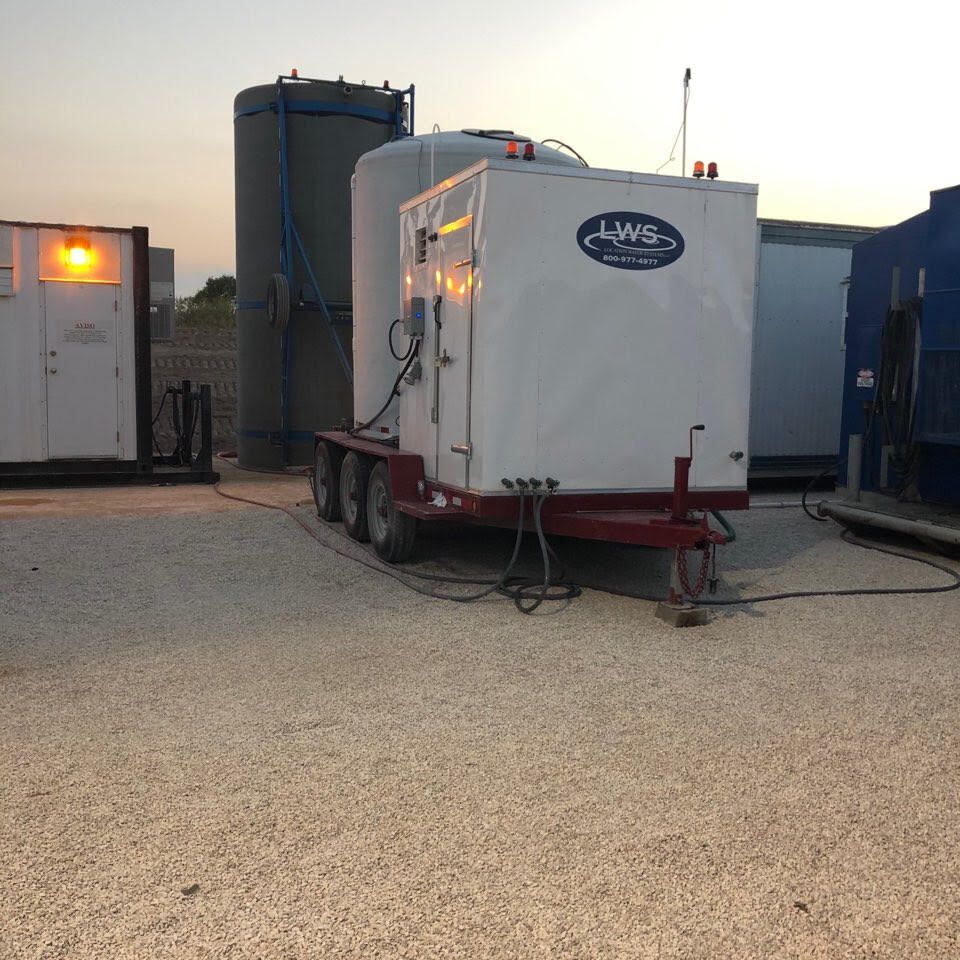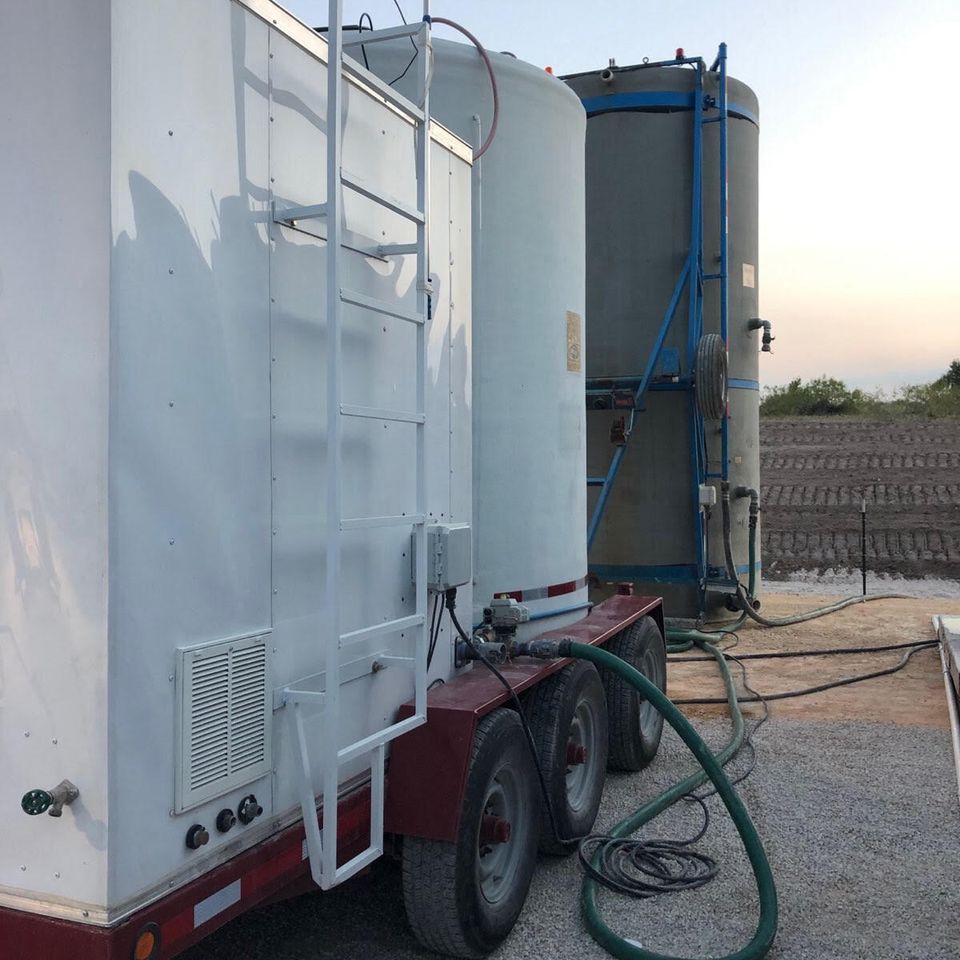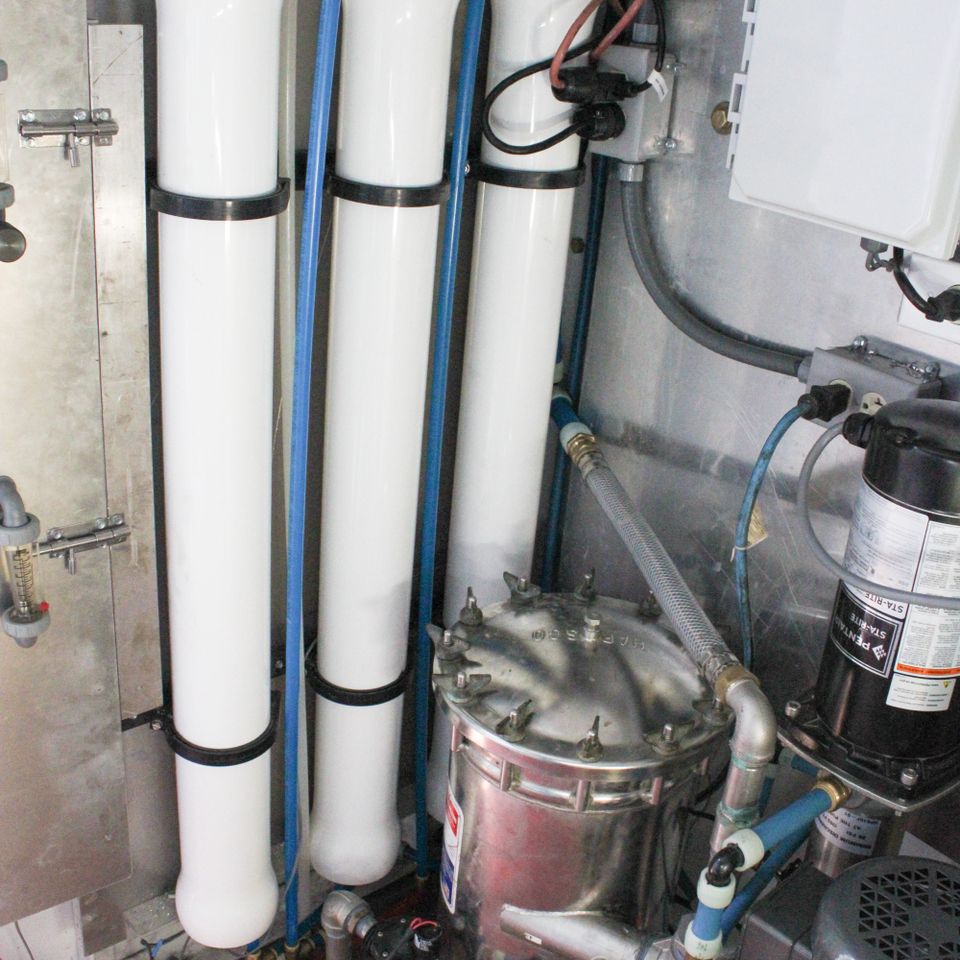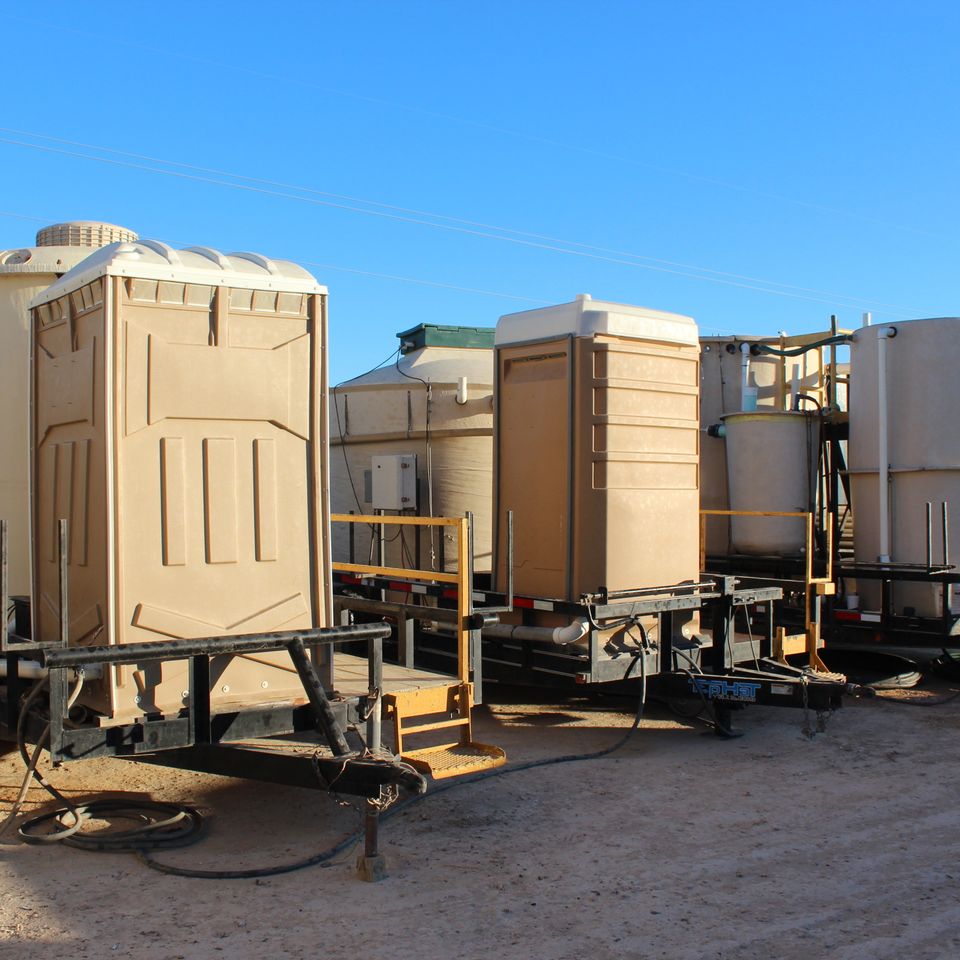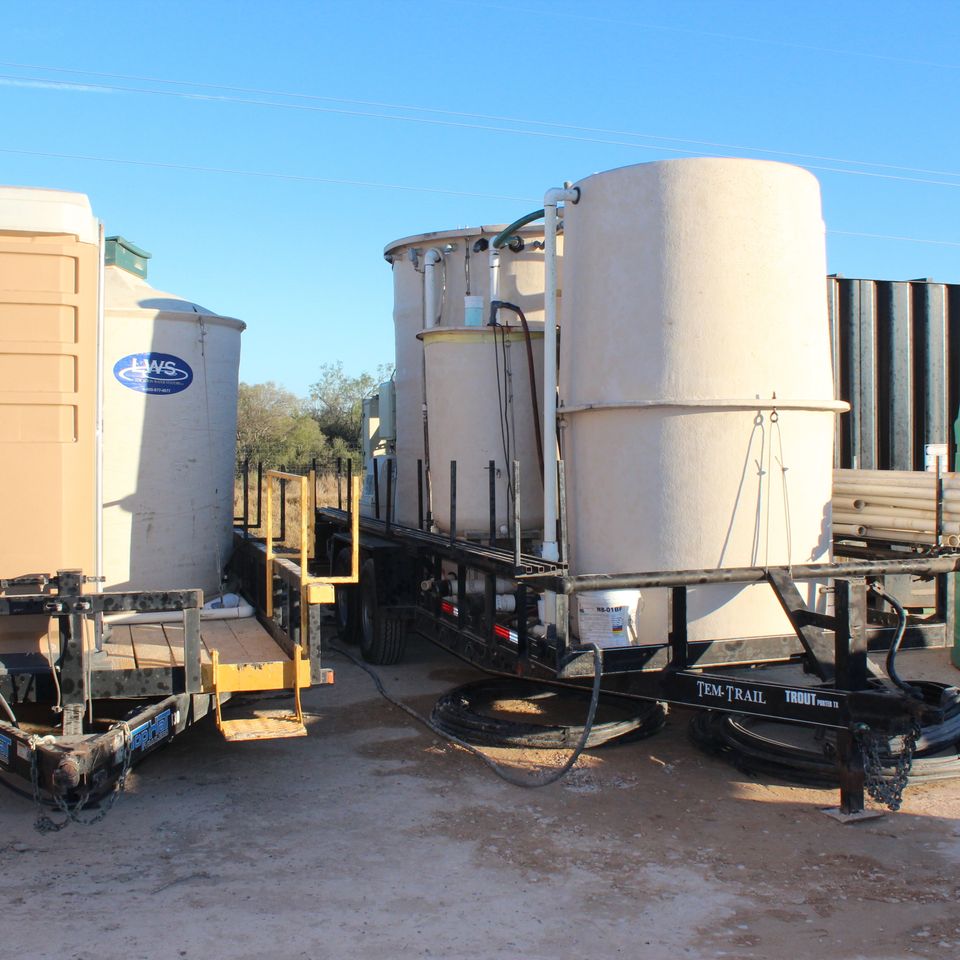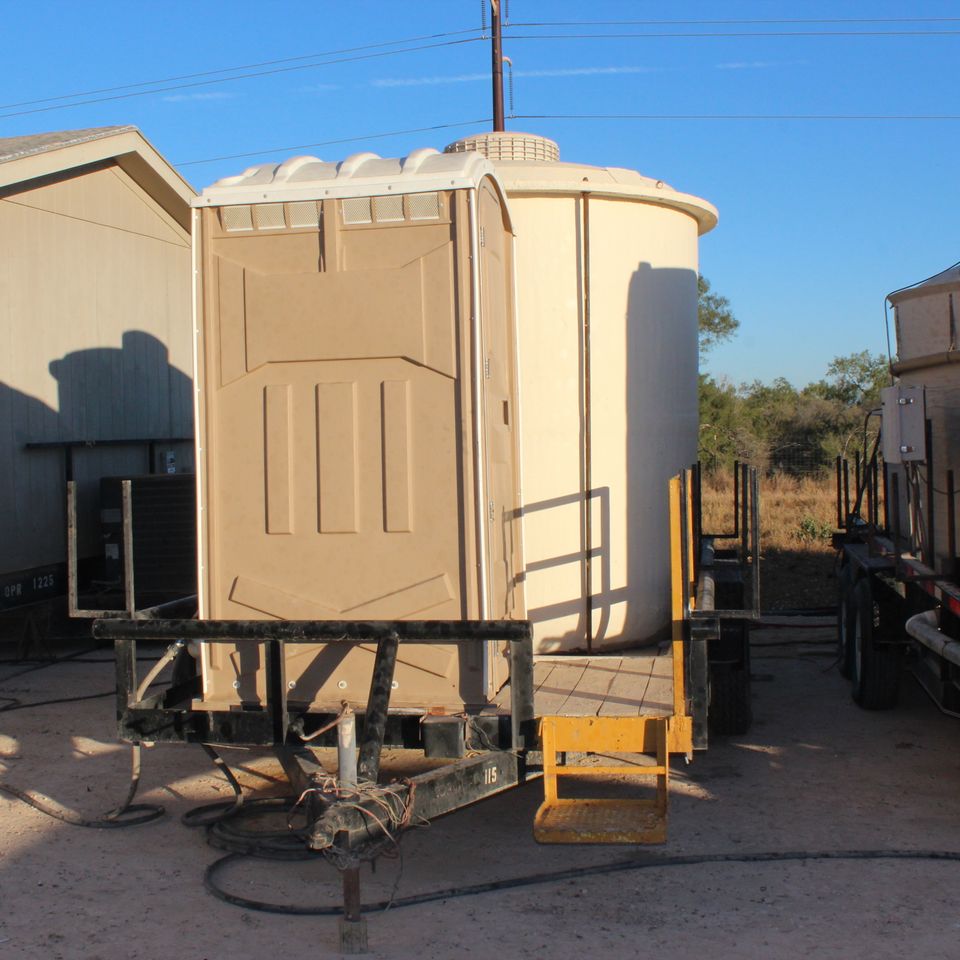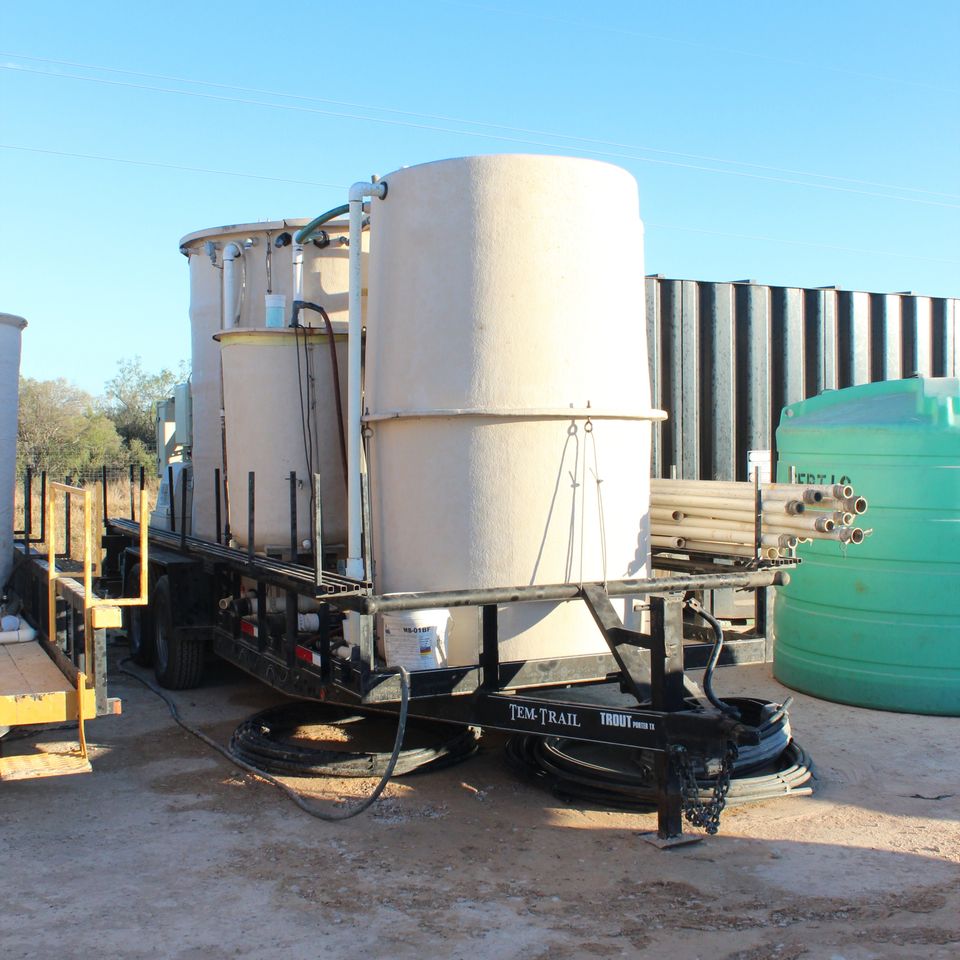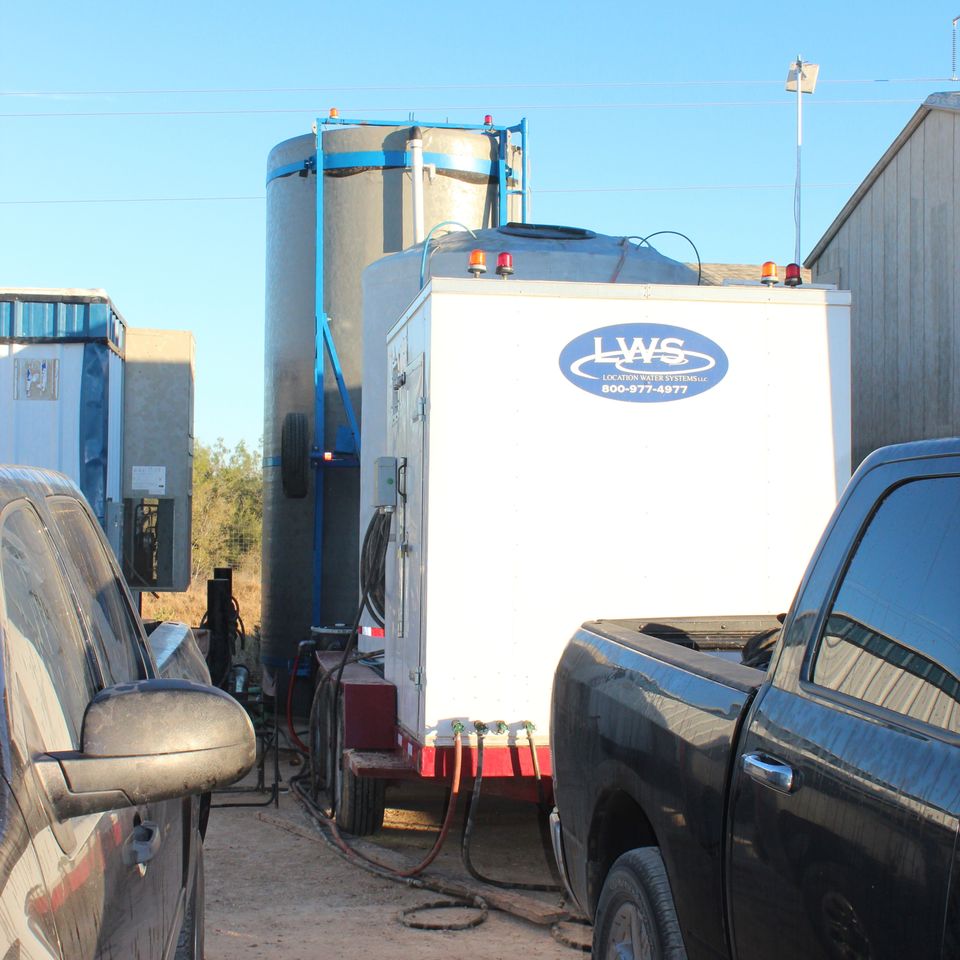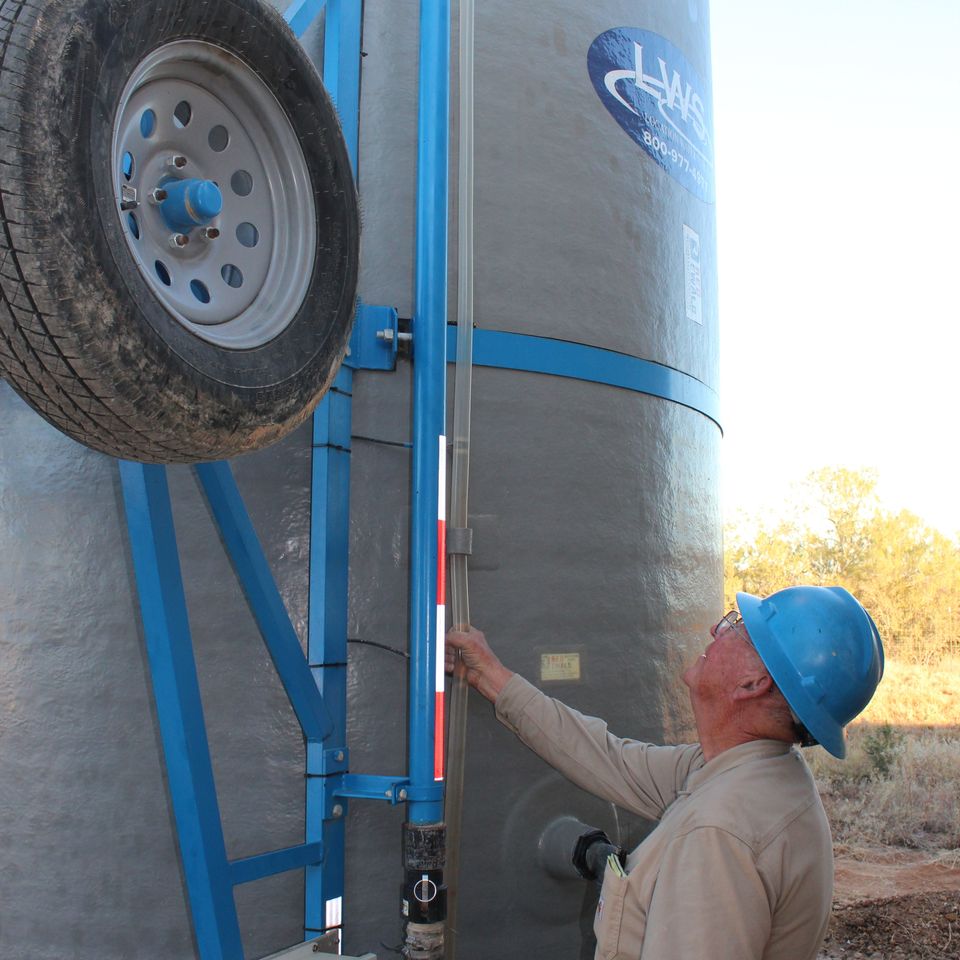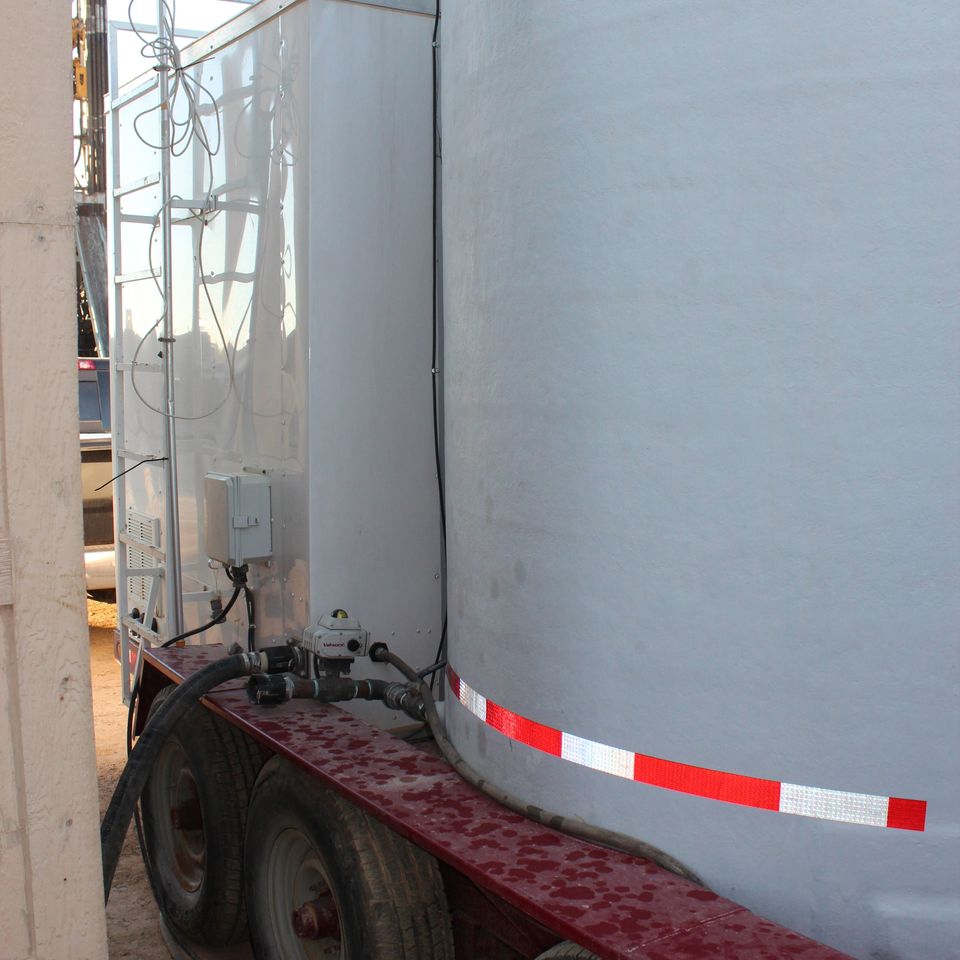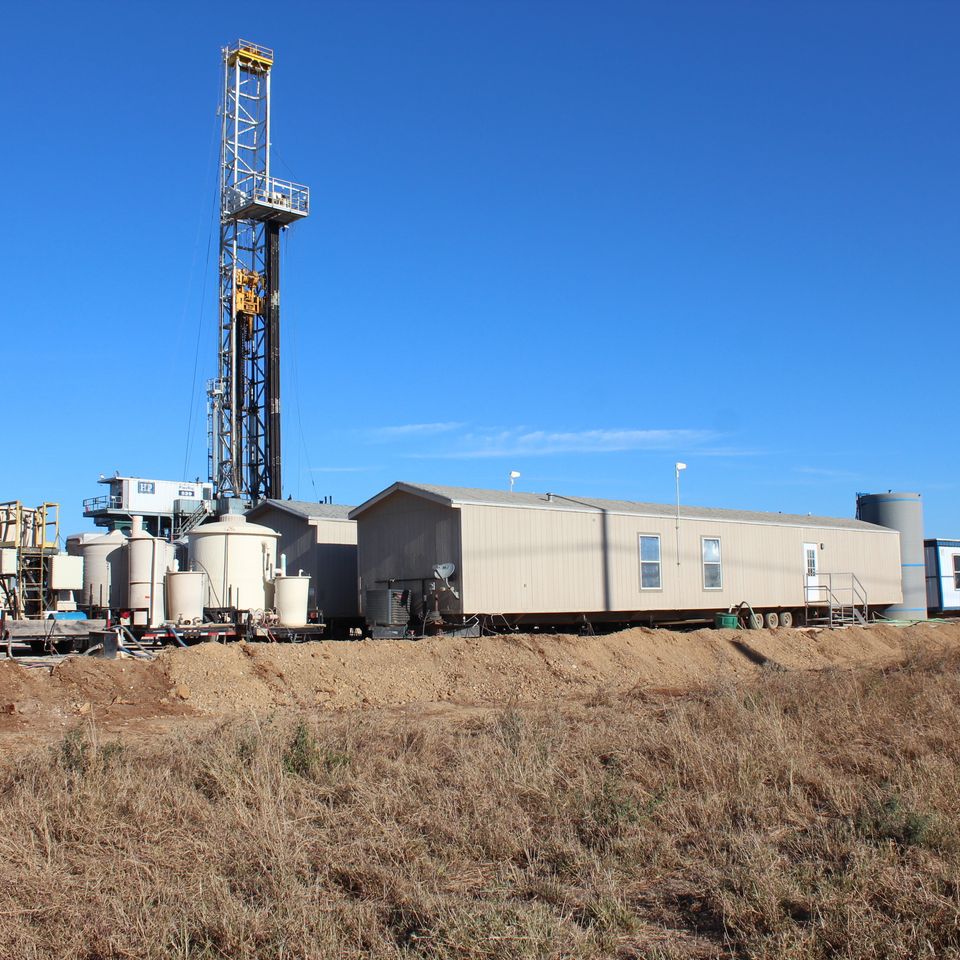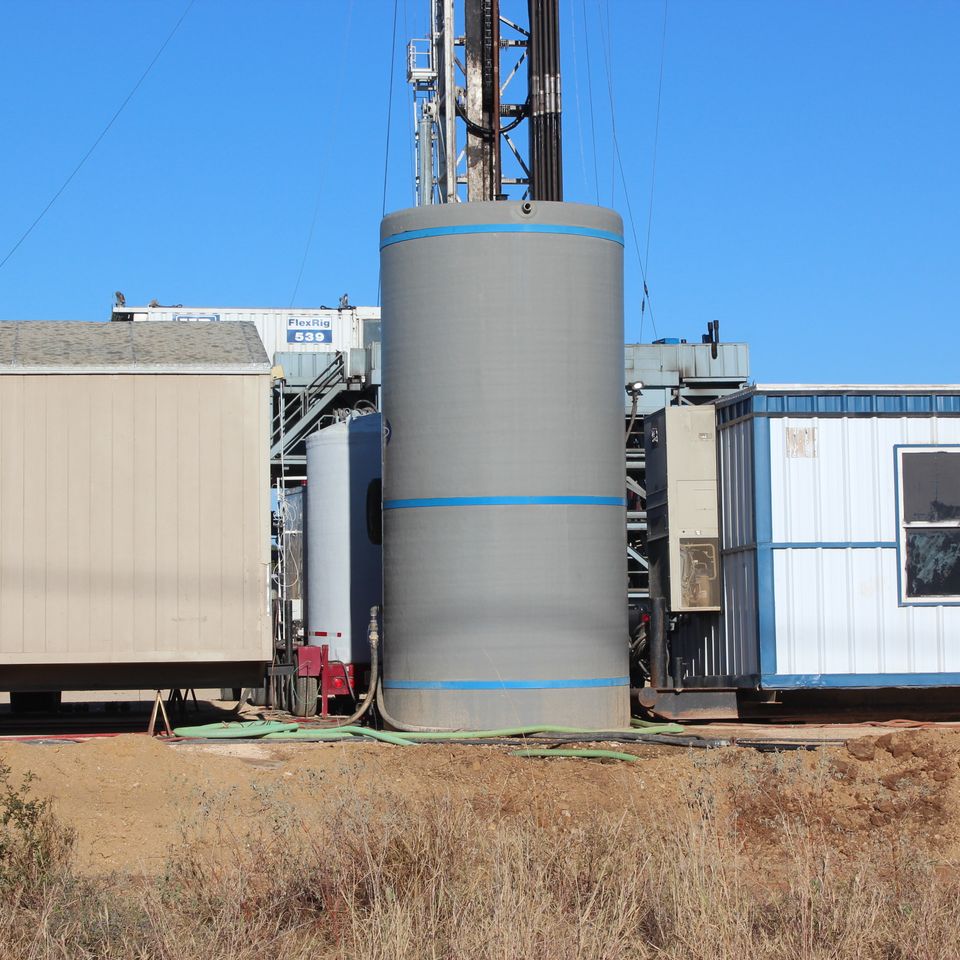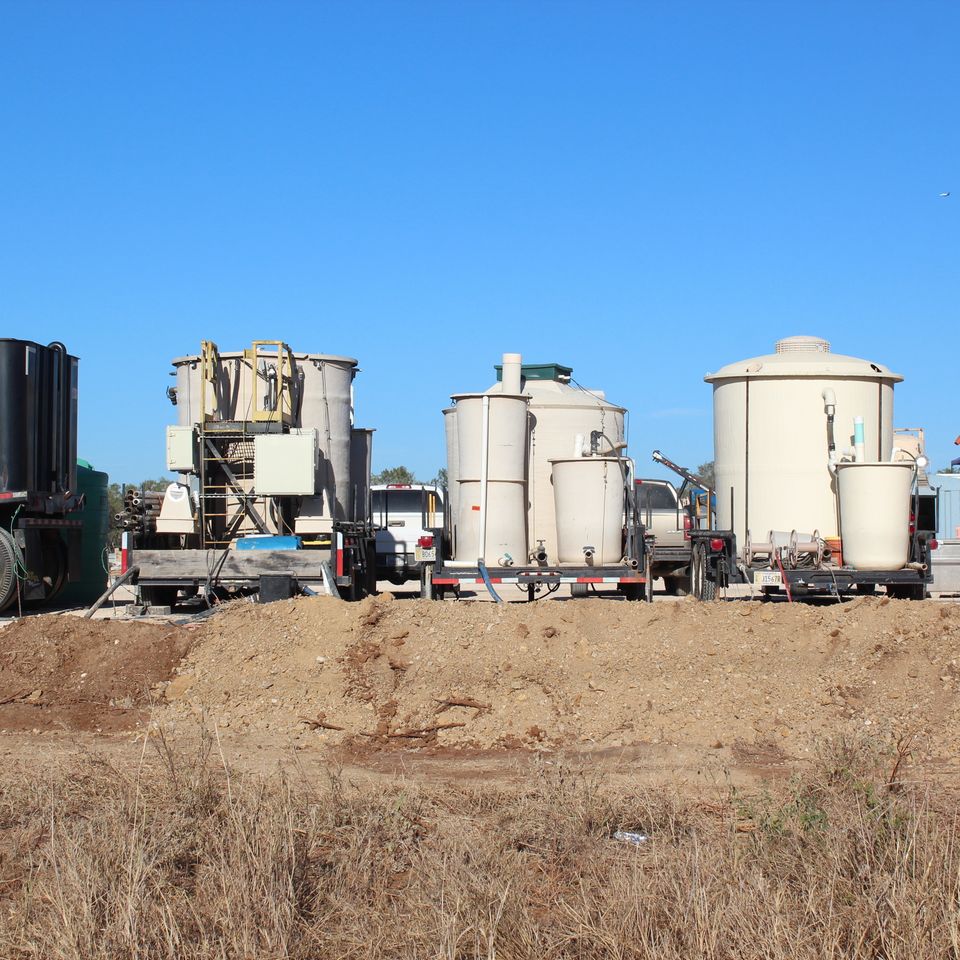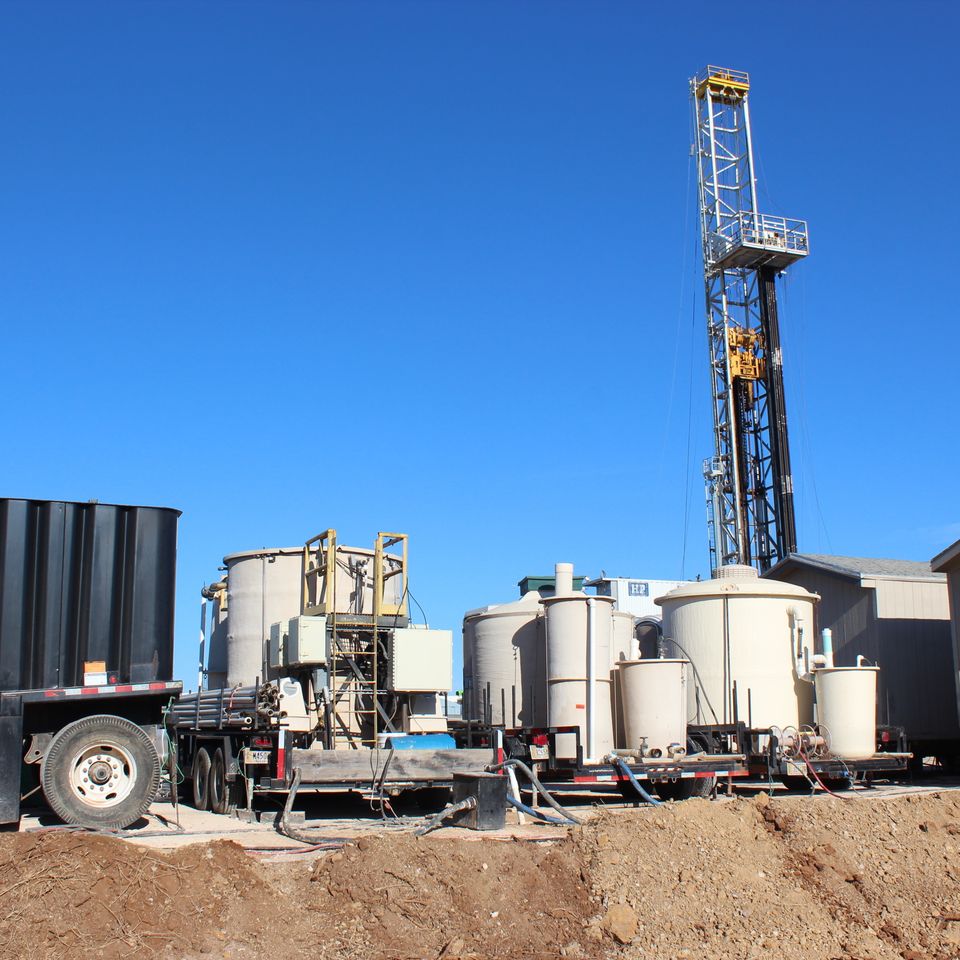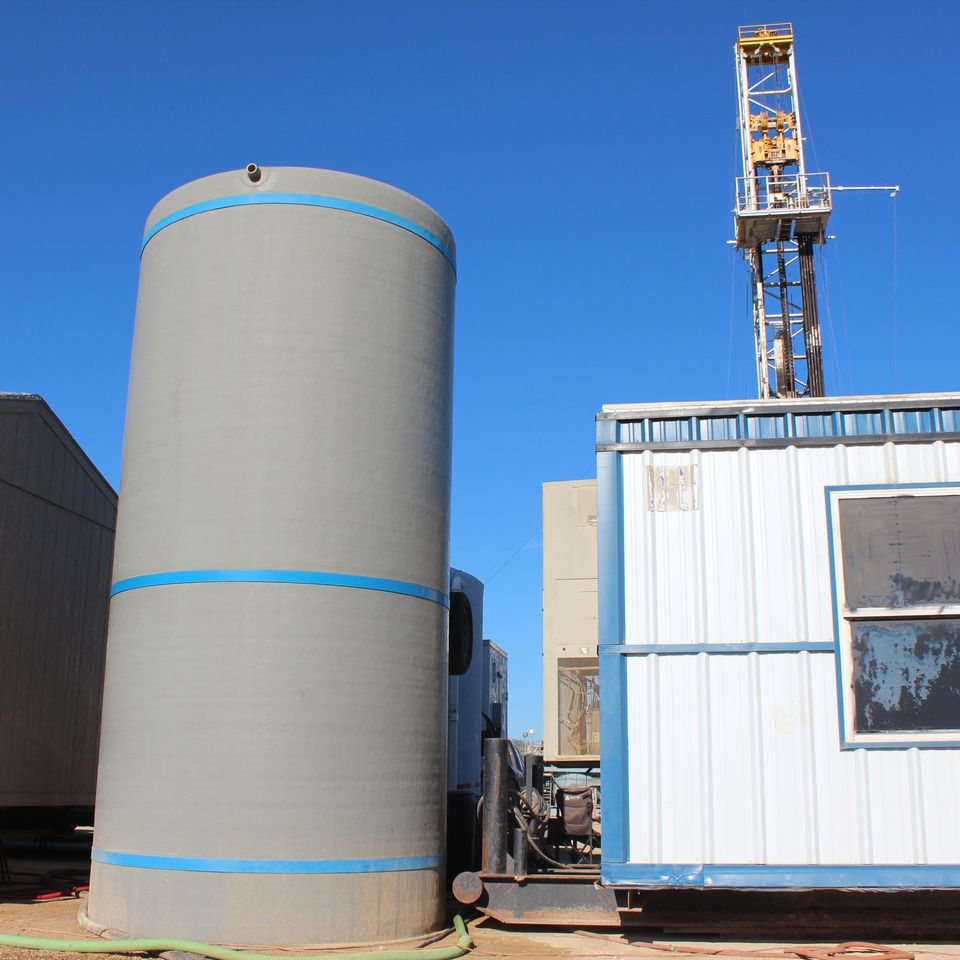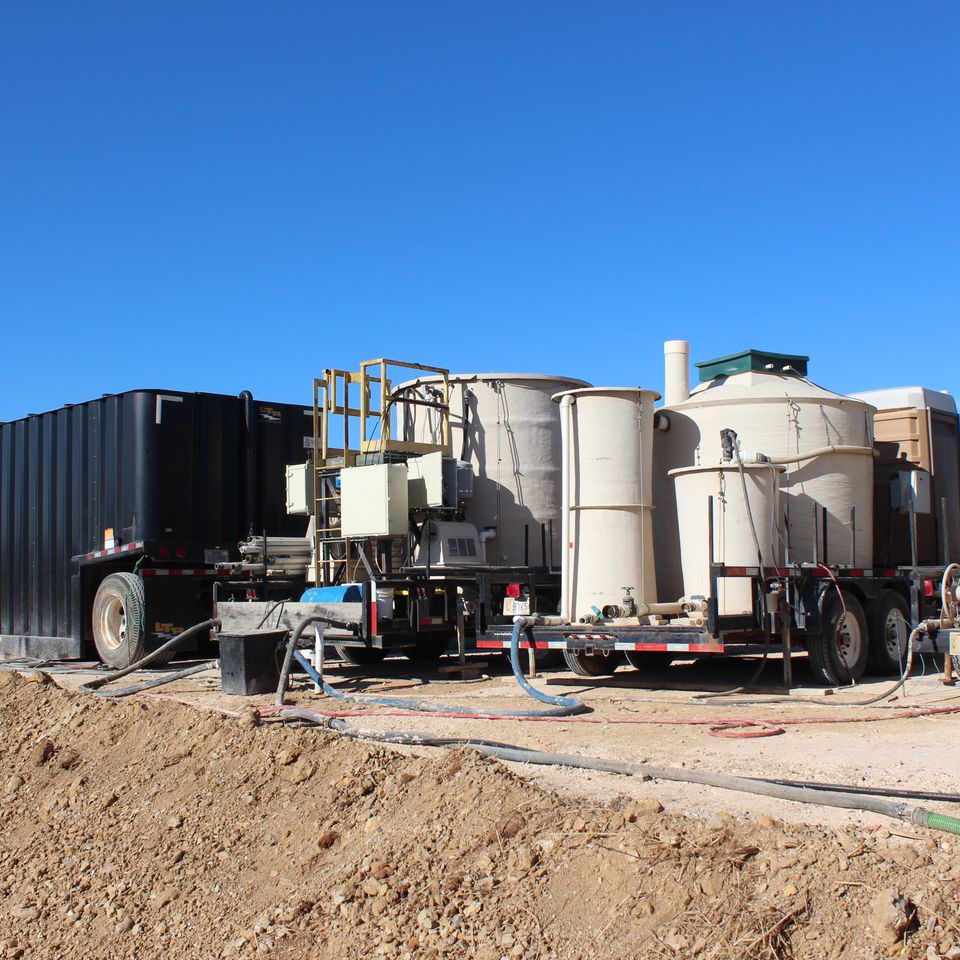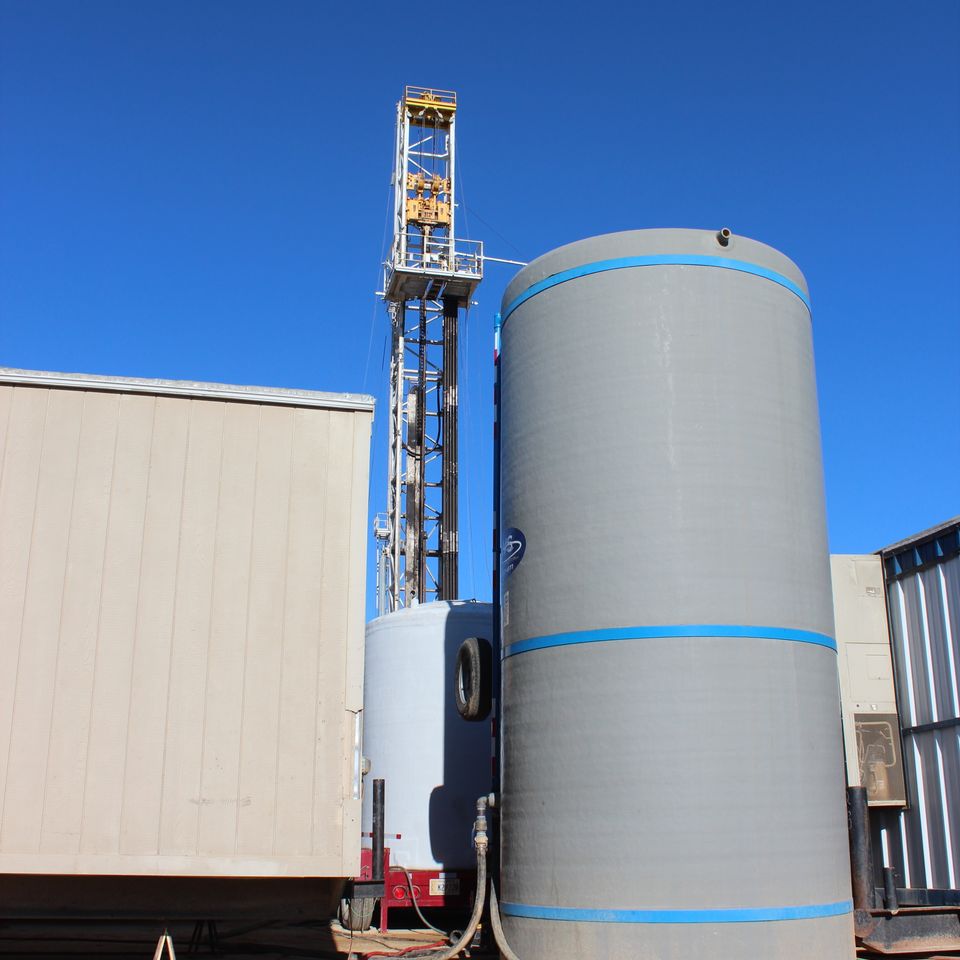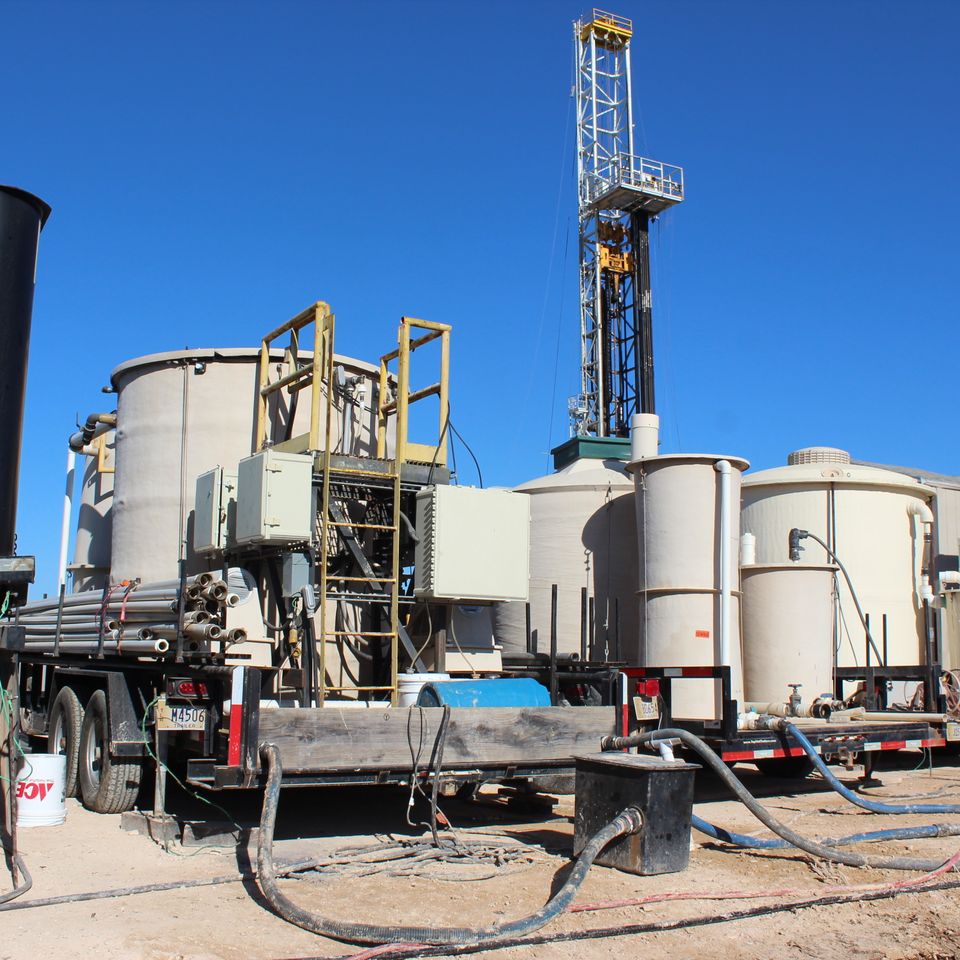Frequently Asked Questions
Q: How does a Location Water Systems purification unit provide on-site treated water?
A: Water is sourced locally on-site. Portable reverse osmosis water purification units are a 2,500 gallon water tank mounted in tandem on a single trailer. An Additional 5,500 gallon upright tank is also used to increase pre-filter holding capacity. Water tanks are connected and on demand water flows from the tanks through a multi-filtering and purification process. The water is disinfected in the last step similar to community water to control algae and bacteria growth in water lines to living quarters.
Q: How does Location Water Systems purified water provide higher quality water over hauled water stored in tanks that is clean, filtered, and chlorinated when delivered?
A: LWS uses a multi-filter process with the final stage being reverse osmosis. This process results in stable and predictable high quality potable water. Hauled water can come from multiple sources. Chlorine in hauled water will begin to evaporate and dissipate quickly, especially in the warm, harsh oil field environment. Water tanks used for storage can quickly heat up when exposed to direct sunlight. This effect, combined with the loss of chlorination, sets up conditions for algae growth.
Q: If hauled water in holding tanks develops algae growth, can shocking the water to kill the algae bring it back to safe consumption levels?
A: Yes, but only temporarily. Shocking the water and reintroducing chlorine will work for the short term. However this method sets up a cycle of rapid algae growth. This type of system does not filter the water, and the dead algae become problematic. The dead algae now serve as food and aid in new algae growth once the chlorine has evaporated. In a storage tank system, it is very difficult to maintain the desired water quality once algae growth begins.

